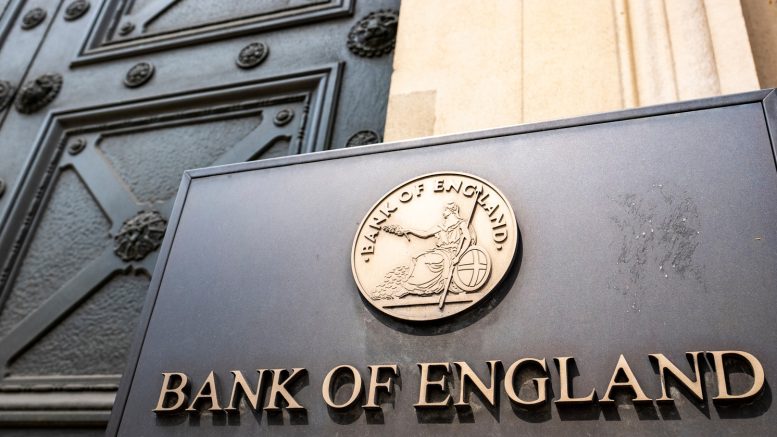Fuelled by the war in Ukraine and ongoing Covid-19 shutdowns, inflation is rising globally. To combat the threat, central banks around the world have been increasing interest rates.
Canada’s consumer price index reached 6.8% in April. The Bank of Canada increased its overnight and deposit interest rates to 1.5% at the start of June, and its own rate to 1.75%.
Inflation in the U.S surged unexpectedly in May to reach 8.6%, and on June 15 the Federal Reserve announced its biggest interest rate rise since 1994. The increase of 0.75 of a percentage point (pp) to a range of 1.50-1.75% is the third in four months (after 0.25pp in March and 0.50pp in May).
On June 16 (without waiting for the European Central Bank to begin tightening its monetary policy), the Swiss National Bank raised the country’s interest rates for the first time in 15 years.
On the same day in the U.K., the Bank of England announced its fifth rate hike since December, pushing the benchmark rate above 1% for the first time since 2009. With consumer prices having jumped to a 40-year high of 9% in April (and a forecast of 11% later this year), the modest 0.25pp increase to 1.25% failed to satisfy proponents on either side of the risk-reward debate.
These sudden interest rate rises are all the more troubling for mining companies because they come after a decade of extremely cheap borrowing costs — barely two years ago, benchmark interest rates in the U.K., for example, were at a record low of 0.10%.
Neither must we forget, however, that interest rates remain relatively low, with borrowing costs in the U.K. having averaged almost 7.2% over the past 50 years. Interest rates reached an all-time high of 17% under Margaret Thatcher in November 1979, and also touched 14.9% in October 1989. The cost of borrowing was still 5.8% as recently as July 2007 as part of government efforts to curb an over-inflating U.K. economy.
A proper perspective is important, and we must turn to a Canadian academic, Professor John Munro (1938-2013), for a long-term examination of U.K. interest rates. In a University of Toronto paper published in 2011, Munro studied the impact of Protestantism on interest rates in England from the 16th century to our Industrial Revolution at the end of the 18th century.
As Munro noted, there is a long established Christian (and Muslim) doctrine against charging interest on loans, with any such fee being deemed morally ‘excessive’ (usury) historically. In the late Middle Ages (circa 1200-1500), the problem of financing capitalist endeavours in Europe was resolved by using Jewish bankers.
Although the early Protestant reformers, beginning with Martin Luther (1483-1546), had endorsed the ban on interest rates, John Calvin (1509-1564) permitted interest on commercial loans. His views helped breach civil support of the usury doctrine, and in 1540 an imperial decree in the Netherlands permitted interest payments of up to 12% on commercial loans. Henry VIII approved a U.K. statute five years later (two years before he died in 1547) that permitted interest payments up to 10% on any type of loan (higher rates constituted usury). The maximum rate was subsequently reduced, in stages, to 5% in 1713 (a rate that was maintained until the abolition of the usury laws in 1854).
The consequences of legalizing interest payments, but with ever lower maximum rates, had a far-reaching impact on the English economy. It also assisted the establishment in 1694 of the Bank of England (BoE), which began as a private bank raising money for the government (primarily to fund a war effort against France).
Under the Bank Charter Act of 1844, the BoE gained a monopoly on the issue of bank notes. The Act stipulated that these bank notes had to be backed by gold, so setting the stage for a gold standard that lasted almost a century.
For miners, it is trends in international interest rates that are important. In 2018, BoE economist Paul Schmelzing looked at global borrowing costs since 1311. He concluded that real interest rates have never been stable for long, and that since the major monetary upheavals of the late Middle Ages, a declining interest rate trend of 0.6-1.8 basis points (1bps = 0.01%) per annum has prevailed.
Schmelzing identified a “consistent increase in real negative-yielding rates in advanced economies”, and that there is a “long-term trend globally to lower interest rates”. This research suggests that the current unpleasantness is temporary, and that the cost of financing mining’s capital projects (and of holding gold) will eventually revert to its 700-year downward trend. TNM


Be the first to comment on "The view from England: Cost of capital is rising but perspective required"